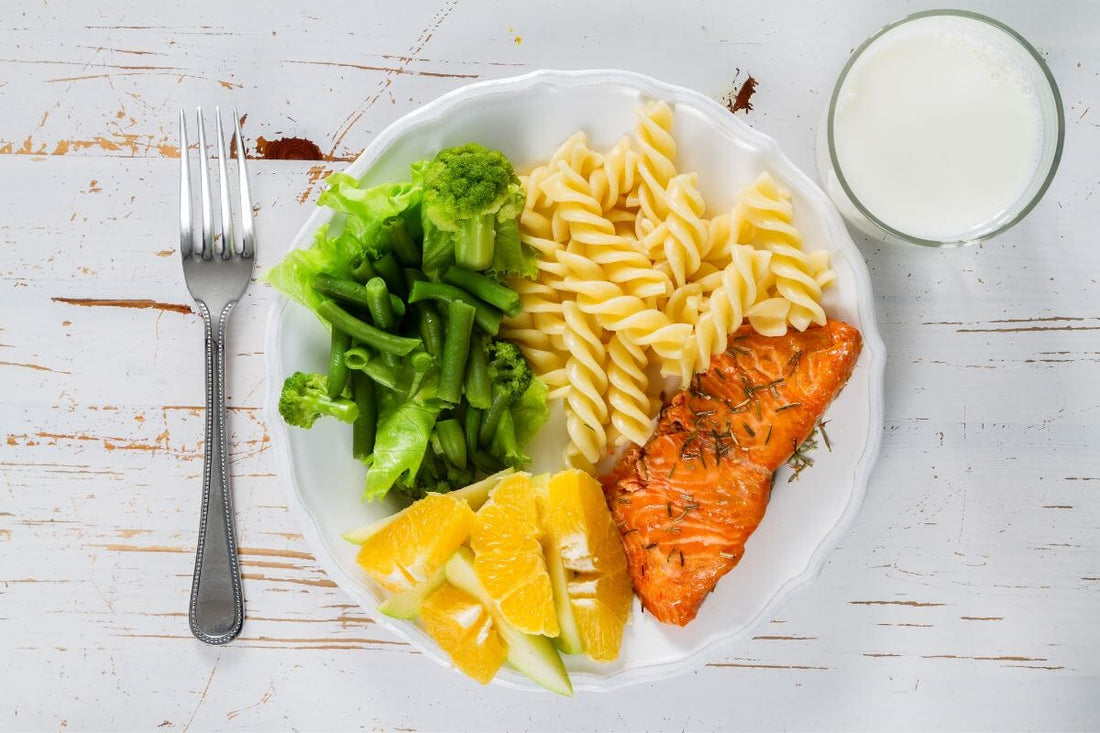How much have portion sizes increased?
Growing portion sizes are widely considered to be one of many factors contributing to rising obesity rates. As normal portion sizes increase it is common for people to gravitate towards eating more without even necessarily realizing it.
One study in 2003 examined some popular US marketplace items to see what sizes were available compared to when they were first introduced to market. It found that many items were between 2 and 5 sizes bigger than when they were first created. For example, the original burger size offered by one popular chain was still available but the previous “regular” size was now described as a “small” and the “medium” was over twice the original “regular”. The largest size offered was over three times the size of the original “regular” offering [1].

(Image adapted from ‘Expanding portion sizes in the US marketplace: Implications for nutrition counseling’)
It is commonplace for companies to tempt customers with larger sizes which were not commonplace 50 years ago. One study examined the number of larger portion sizes being offered between 1970 and 1999 and found that the number of larger sizes being offered appeared to start increasing in the 1970s [2].

It also sampled foods for immediate consumption from the most popular take-out establishments, fast food outlets and family restaurants.
It found that common foods differed by FDA and USDA food standards by up to 700%.

This research shows us how much portion sizes are increasing but how does this impact actual food intake?
To measure whether changes in portion size subconsciously impact food intake you need tightly controlled trials where you can measure food given to participants. Studies like this will tend to change portion sizes covertly so subjects are not aware of what is being tested, in case it impacts the result.
One study had participants eat lunch in a lab every day for 4 weeks. Each week they were served sandwiches in 6”, 8”, 10” or 12” in length and they could eat as much as they liked. When served the 12” sandwich males ate 23% more and females ate 12% more than when they were served the 8” sandwich. When compared to the 6” sandwich, females ate 31% more and males ate 56% more [3].

Despite these differences in food intake, feelings of hunger and fullness were not significantly different between conditions implying that larger portion sizes can encourage people to subconsciously eat more without impacting their feelings of satiety.
How this would play out over the long term is difficult to predict because it is hard to tightly control studies like this for a long duration but it is something to be aware of if your goal is body composition related.
References:
[1] Expanding portion sizes in the US marketplace: Implications for nutrition counselling
[2] The Contribution of Expanding Portion Sizes to the US Obesity Epidemic
[3] Increasing the portion size of a sandwich increases energy intake


